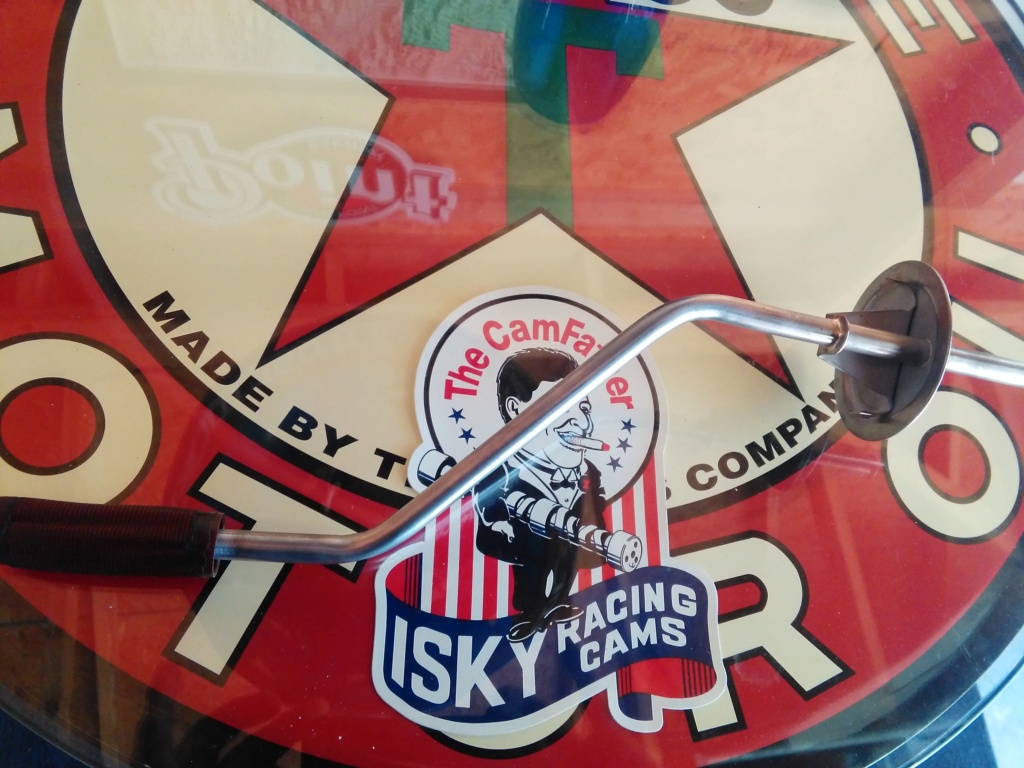One other thing to consider along with the amount of fuel pushed forward to the carb is the weight of that mass.
Many guys running the strip upgrade in steps. They have found that with each upgrade, another problem may occur.
In this case, a big fuel line with a 'street' pump will also tend to starve for fuel at the top end. The reason is that the pump can push the volume and weight of the fuel in a 5/16" line, but the increase to 3/8" means a lot more effort is needed. This increases as E.T Drops due to the added G force. This might happen at 12 second quarter mile times. That's pretty quick. Only super tuned hemis and similar high HP cars did that back in the time of these vans, and they weren't pushing a barn door through the wind, requiring even more power (and fuel) at the top end.
Also, darn near every low priced mechanical fuel pressure gauge I've seen is pretty inaccurate. They need to be accurate at 0-10 PSI. I've had three on the same system read 1-3 PSI different. That's 10-30 percent off! Which one is right?
So, the first step is clean, leak-free stock setup.
Second step is an electric 'street' pump back by the tank pushing forward thru stock setup. Hopefully you are supplying power through a nice thick wire, since it's a long run. This should feed about 250-300 HP.
Third step is a biggie, because you are making a lot more changes. Most people tend to do this part in stages and have issues.
A 'race' pump fed with a relay, through bigger lines, using a good quality tested fuel pressure gauge (often with an isolator so you don't have gasoline at the back of the gauge where you can see it), with a pressure bypass/return back to the tank. The 'race' pump supplies a lot more volume and pressure than the carb can handle at idle and cruise, so you have to be able to tone this down. The bypass/return also helps keep the pump and fuel cooler and prevents vapor lock.
Forth step is when you are going a lot faster or running a big nitrous system, which requires 2 pumps.
I just did a search for this and found this article. I skimmed through it and it seems good. I'm sure there are a lot more out there.
http://www.musclecardiy.com/performance/holley-carburetor-fuel-and-fuel-supply-systems-guide/I'd talk to guys in your area that run cars at least a second quicker than you expect your van to run to compare fuel systems. This should cover your extra fuel needs due to air resistance. Also, ask to
see what they are running. We have all met the guy who says "it's all stock, just a 318" and runs faster than a 440.













